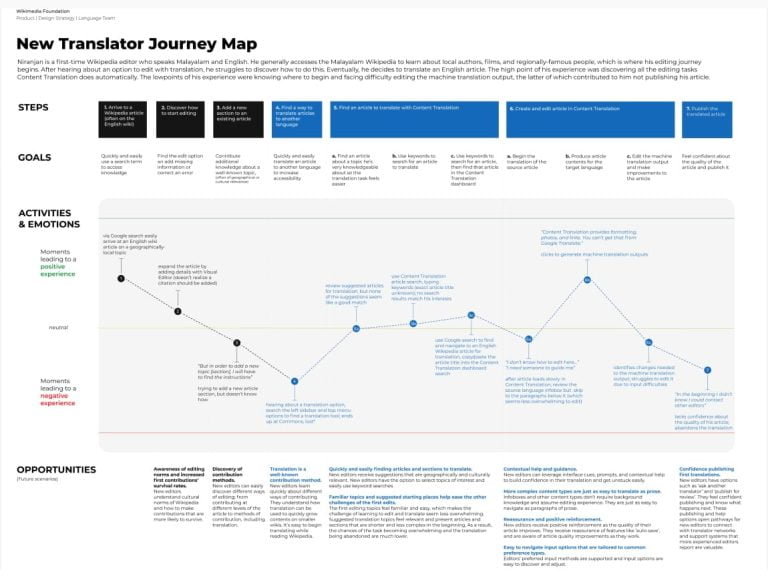If you’re interested in pursuing a career in artificial intelligence (AI), you’ll need to know how to code. But where do you start? What is the best programming language for AI? And what platforms should you begin with? This article will provide you with a high-level overview of the best programming languages and platforms for AI, as well as their key features.
As it turns out, there’s only a small number of programming languages for AI that are commonly used.
- What Is Artificial Intelligence?
- Best Programming Languages for AI Development
- FAQs
- Conclusion
What Is Artificial Intelligence?
Table of Contents

Artificial intelligence is one of the most fascinating and rapidly growing fields in computer science. It’s already transforming the world around us as we speak. And it’s as hot a job market as you can get (see Gartner forecasts).
AI aims to create intelligent computer systems. It’s essentially the process of making a computer system that can learn and work on its own.
Machine learning (ML), on the other hand, deals with the methods and techniques used so that a computer system can “learn” how to perform certain tasks and even predict certain outcomes, without being explicitly programmed for it.
A (Very) Brief History of AI
The term “artificial intelligence” was first coined in 1956 by computer scientist John McCarthy, when the field of artificial intelligence research was founded as an academic discipline. In the years since, AI has experienced several waves of optimism, followed by disappointment and the loss of funding (known as an “AI winter”), followed by new approaches, success and renewed funding.
For most of its history, AI research has been divided into subfields that often fail to communicate with each other. These sub-fields are based on technical considerations, such as particular goals, application domains (such as medicine and robotics), and/or particular implementation approaches (such as symbolic computation and connectionism).
The traditional problems (or goals) of AI research include:
Today’s and Tomorrow’s AI
Today, AI is used in a variety of ways, from powering virtual assistants like Siri and Alexa to more complex applications like self-driving cars and predictive analytics.
In the foreseeable future, artificial general intelligence (AGI, also called strong AI, full AI, or general intelligent action) is still among the field’s long-term goals — with common approaches including statistical methods, computational intelligence, and traditional symbolic AI.
Best Programming Languages for AI Development
Here are the most popular languages used in AI development, along with their key features.
Python
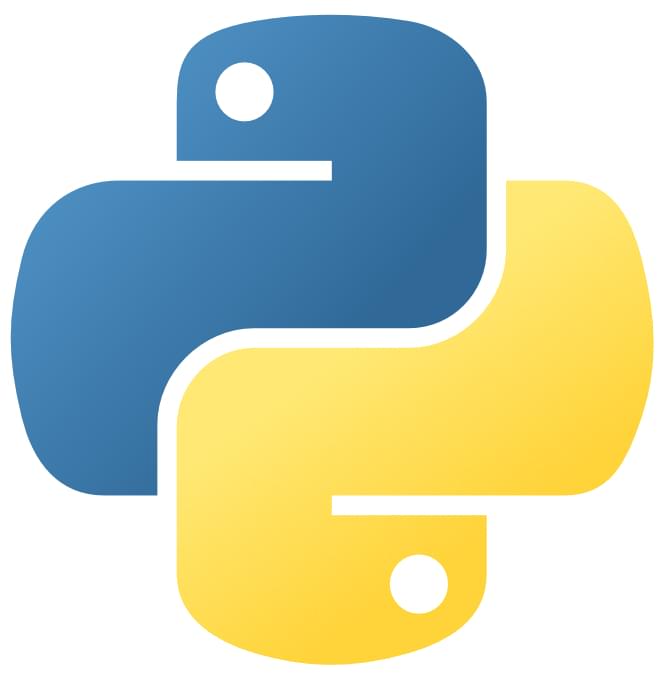
Python is the most popular programming language for AI, it’s one of the hottest languages going around, and it’s also easy to learn!
Python is an interpreted, high-level, general-purpose programming language with dynamic semantics. Its high-level, built-in data structures, combined with dynamic typing and dynamic binding, make it very attractive for rapid application development (RAD), as well as for use as a scripting or glue language to connect existing components together.
Key features of Python:
- It has simple, easy-to-learn syntax that emphasizes readability (and therefore reduces the cost of program maintenance).
- It supports modules and packages (which encourages program modularity and code reuse).
- It has an extensive standard library (available in source or binary form without charge for all major platforms).
What makes Python good for AI:
- It has a rich set of libraries for data analysis and manipulation, such as Pandas, making it easy to work with the data.
- It has a number of libraries specifically for machine learning, such as TensorFlow and Keras.
- It has solid scientific and computation libraries, such as scikit-learn and NumPy.
- It can even be used to program microcontrollers with projects like MicroPython, CircuitPython, and Raspberry Pi.
If you’re starting with Python, it’s worth checking out the book The Python Apprentice, by Austin Bingham and Robert Smallshire, as well as other the Python books and courses on SitePoint.
R
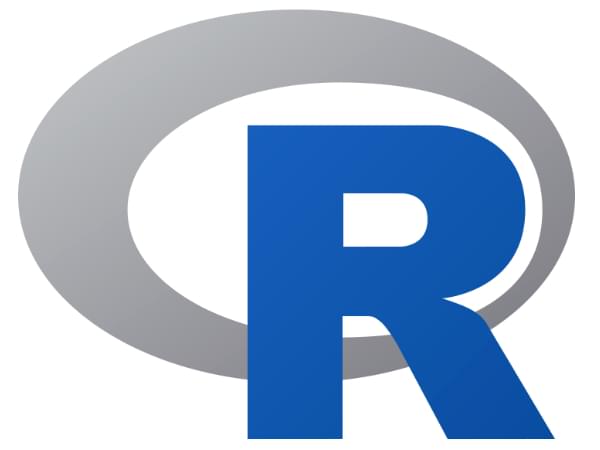
R is a programming language and free software environment for statistical computing and graphics that’s supported by the R Foundation for Statistical Computing.
The R language is something of a lingua franca among statisticians, as it’s widely used in official statistics (see uRos2020 and uRos2022), but also on data mining and for developing statistical software and data analysis. Polls, surveys of data miners, and studies of scholarly literature databases show that R has an active user base of about two million people worldwide.
Key features of R:
- It has an integrated suite of software facilities for data manipulation, calculation, and graphical display.
- It has an effective data handling and storage facility, providing a wide variety of operators for calculations on arrays, lists, vectors and matrices.
- It offers extensive graphical facilities for data analysis and display, either directly at the computer or on hardcopy devices — including interactive web-based interfaces such as Shiny.
- It’s a well-developed, simple and consistent programming language that includes conditionals, loops, user-defined recursive functions, and input/output facilities (including connections to relational databases).
What makes R good for AI:
- It’s designed specifically with statisticians in mind (unlike Python, which was designed as a general-purpose language).
- It has many features that are useful for AI development, such as linear and nonlinear modeling, time series analysis, classification, and clustering.
Julia
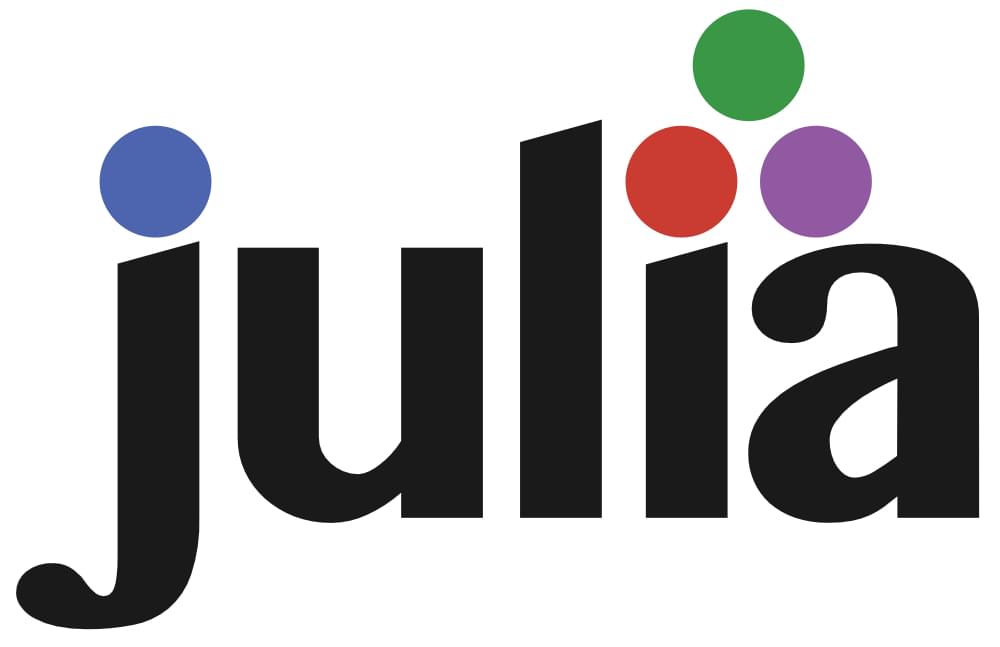
Julia is a relatively new (launched in 2012), high-level, high-performance dynamic programming language for technical computing, with syntax that’s familiar to users of other technical computing environments.
Key features of Julia:
- It’s designed for high-performance numerical and scientific computing.
- Its easy to use and learn.
- It can call C and Fortran libraries directly (there’s no need to write wrappers or interface code).
- It can be used for parallel and distributed computing.
- It comes with an extensive standard library, including differential equations, optimization, and machine learning.
What makes Julia good for AI:
- In addition to being fast, Julia is also very flexible (which makes it easy to experiment with different models quickly).
- It has a number of well-developed machine learning libraries, such as Flux, MLJ, and KNet.
C++ and C
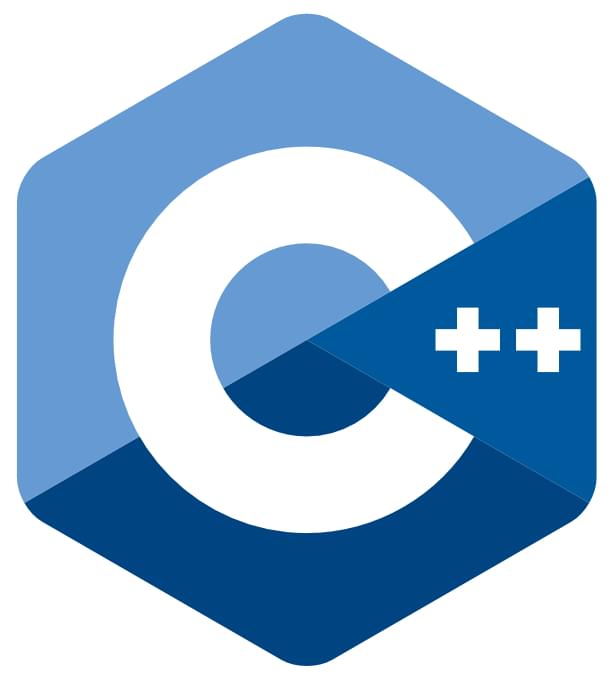
C++ is a general-purpose programming language with a bias towards systems programming, and was designed with portability, efficiency and flexibility of use in mind. The main competitor to C++ is Microsoft’s C#, which is very similar in syntax but offers some additional features and benefits like a more managed memory model as well as LINQ (Language Integrated Query) support out of the box, amongst other things.
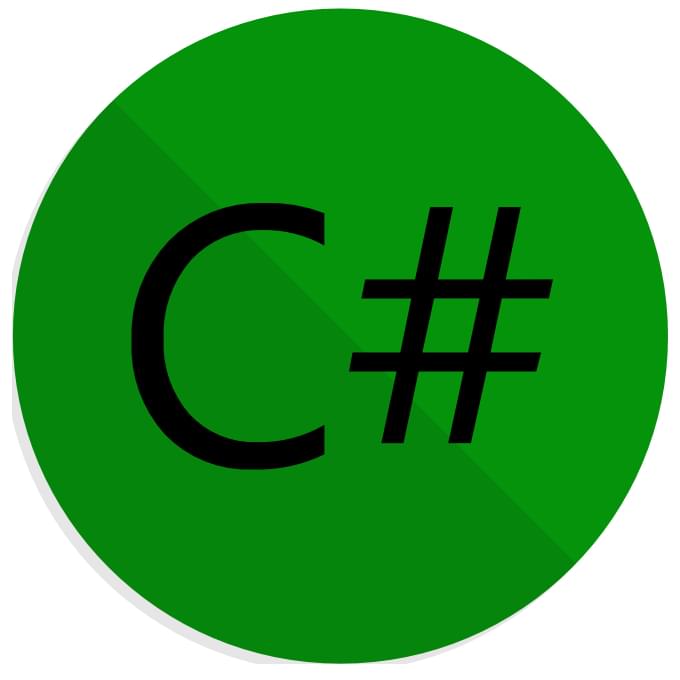
C++ has also been found useful in widespread domains such as computer graphics, image processing, and scientific computing. Similarly, C# has been used to develop 3D and 2D games, as well as industrial applications.
Key features of C++ and C#:
- They’re both object oriented, supporting data abstraction using classes, objects and inheritance.
- C++ is a compiled language, meaning that it’s converted directly into machine code that can be run on a computer. C# is a managed language and runs on top of a virtual machine, which makes it portable across different platforms.
- C++ offers more control over memory management than C#, but this also means there’s more room for error.
What makes C++ and C# good for AI:
- Both languages are widely used in game development, and many games make use of AI.
- They’re both high-performance, due to being compiled languages and offering low-level control when necessary.
- C# has a wide range of available libraries and tooling support from Visual Studio.
Java
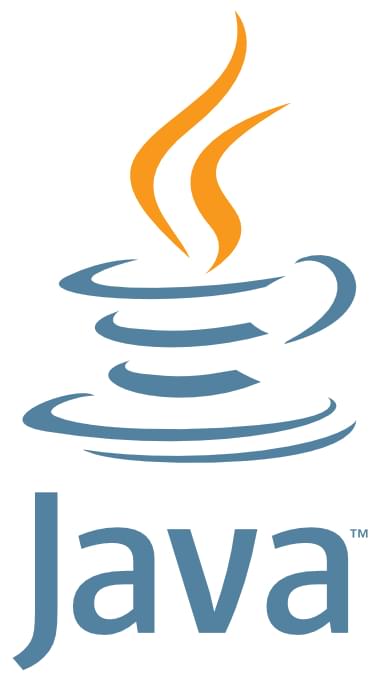
Java is a versatile and powerful programming language that enables developers to create robust, high-performance applications.
Key features of Java:
- It’s object-oriented (supporting encapsulation, inheritance, and polymorphism).
- It’s platform-independent (bytecode can run on any platform that has a Java Virtual Machine).
- It’s statically typed (ensures type safety at compile time).
- It has a large standard library.
- It supports exception handling (which helps to manage errors and exceptional conditions gracefully) and multi-threading (which enables concurrent execution of multiple parts of a program).
What makes Java good for AI:
- It’s fast, reliable, and has great tooling support (making it easy to develop complex AI applications quickly and efficiently).
- It’s used in many mission-critical applications, so it’s battle-tested.
- It can be used for both desktop and mobile apps (using the Android Studio).
Honorary Mentions: Lisp and Prolog
Lisp and Prolog are not as widely used as the languages mentioned above, but they’re still worth mentioning.
Lisp (also introduced by John McCarthy in 1958) is a family of programming languages with a long history and a distinctive, parenthesis-based syntax. It was originally created for artificial intelligence research. Today, Lisp is used in a variety of applications, including scripting and system administration.
Prolog (general core, modules) is a logic programming language from the early ’70s that’s particularly well suited for artificial intelligence applications. Its declarative nature makes it easy to express complex relationships between data. Prolog is also used for natural language processing and knowledge representation.
Programming Languages to Avoid in AI Development
These are languages that, while they may have their place, don’t really have much to offer the world of AI.
- COBOL is an old language that was created in the 1950s and 1960s. It was designed for business applications and isn’t really suited for anything else.
- FORTRAN is another old language, dating back to 1957. It was designed for scientific and engineering applications and, like COBOL, isn’t really suitable for anything else.
- Pascal is a language that was created in the 1970s and isn’t really used much anymore outside of academia.
- Basic is a language that was designed for beginners and has been largely superseded by other languages such as Python.
That said, you might think that a completely left-of-field language such as JavaScript — which is primarily used for web development — also wouldn’t have much to offer to AI, right? And yet, there are quite interesting active projects — such as TensorFlow.js (backed by Google) — for developing machine-learning models in JavaScript, which can be used directly in the browser or in Node.js. So, who knew?!
FAQs
Now, for the sake of quick informative bites, I’m going to provide a quick set of opinionated answers.
Is C++ better than Python for AI?
No, C++ is not better than Python for AI. In fact, Python is generally considered to be the best programming language for AI. However, C++ can be used for AI development if you need to code in a low-level language or develop high-performance routines.
Is Java or C++ better for AI?
While Python is still preferred across the board, both Java and C++ can have an edge in some use cases and scenarios. For example, C++ could be used to code high-performance routines, and Java could be used for more production-grade software development.
What do the best languages for AI development have in common?
The best programming languages for AI development have a few things in common:
- They’re all high-level languages, which means they’re easy to learn and code in.
- They all have large ecosystems of libraries and frameworks that you can use for AI development.
- They’re all widely used in the AI community, so you’ll be able to find plenty of resources and help online.
What programming language do games use for AI?
Okay, here’s where C++ can shine, as most games use C++ for AI development. That’s because it’s a fast language that can be used to code high-performance applications. However, there are also games that use other languages for AI development, such as Java.
Where should I start if I want to get into AI programming?
If you’re just starting out, I recommend that you begin with Python. It’s the most popular language for AI development and it’s fairly easy to learn. Once you’ve learned Python, you can move on to other languages if you need to.
Check out the complementary article 5 Ways to Get Started with Machine Learning!
Also look at these books:
Conclusion
AI is here; it’s already happened. And as it’s transforming the way we live and is changing the way we interact with the world and each other, it’s also creating new opportunities for businesses and individuals.
As with everything in IT, there’s no magic bullet or one-size-fits-all solution. When choosing a programming language for AI, you’ll have to test the water, possibly switching languages depending on factors such as the task at hand, the platform you and your team are using, and your own preferences and expertise.
That being said, Python is generally considered to be the best programming language for AI development, thanks to its ease of use, vast libraries, and active community. R is also a good choice for AI development, particularly if you’re looking to develop statistical models. Julia is a newer language that’s gaining popularity for its speed and efficiency. And if you’re looking to develop low-level systems or applications with tight performance constraints, then C++ or C# may be your best bet.
Further reading:


